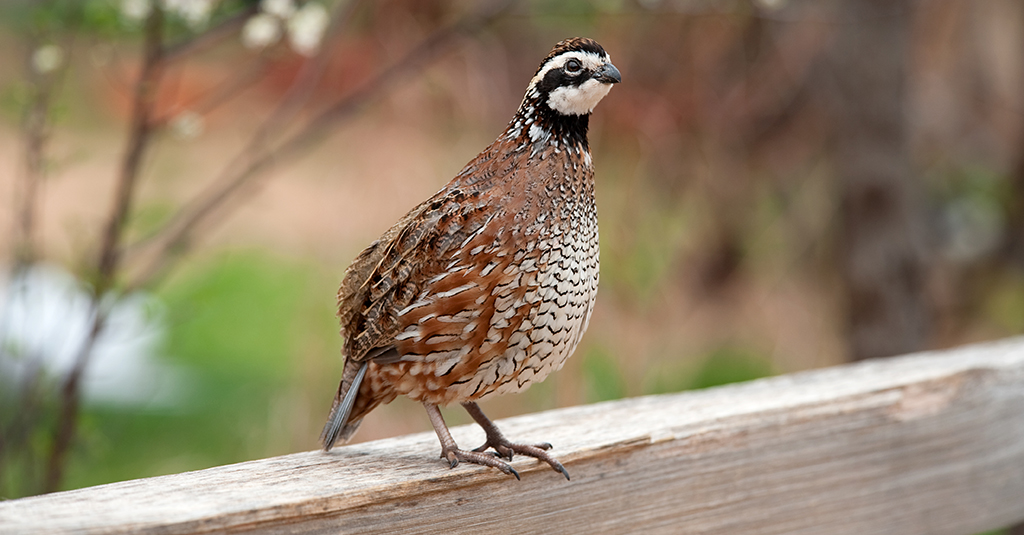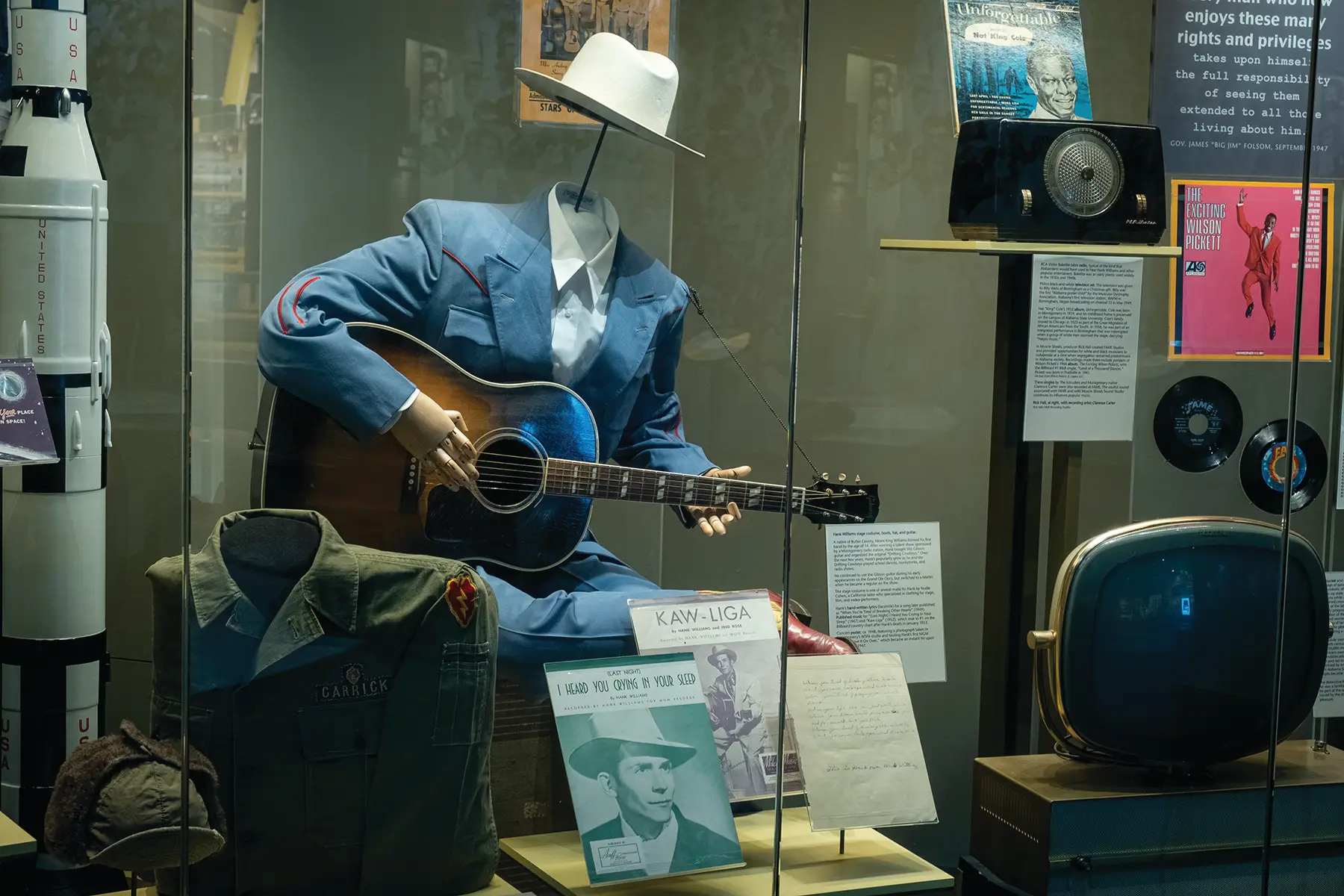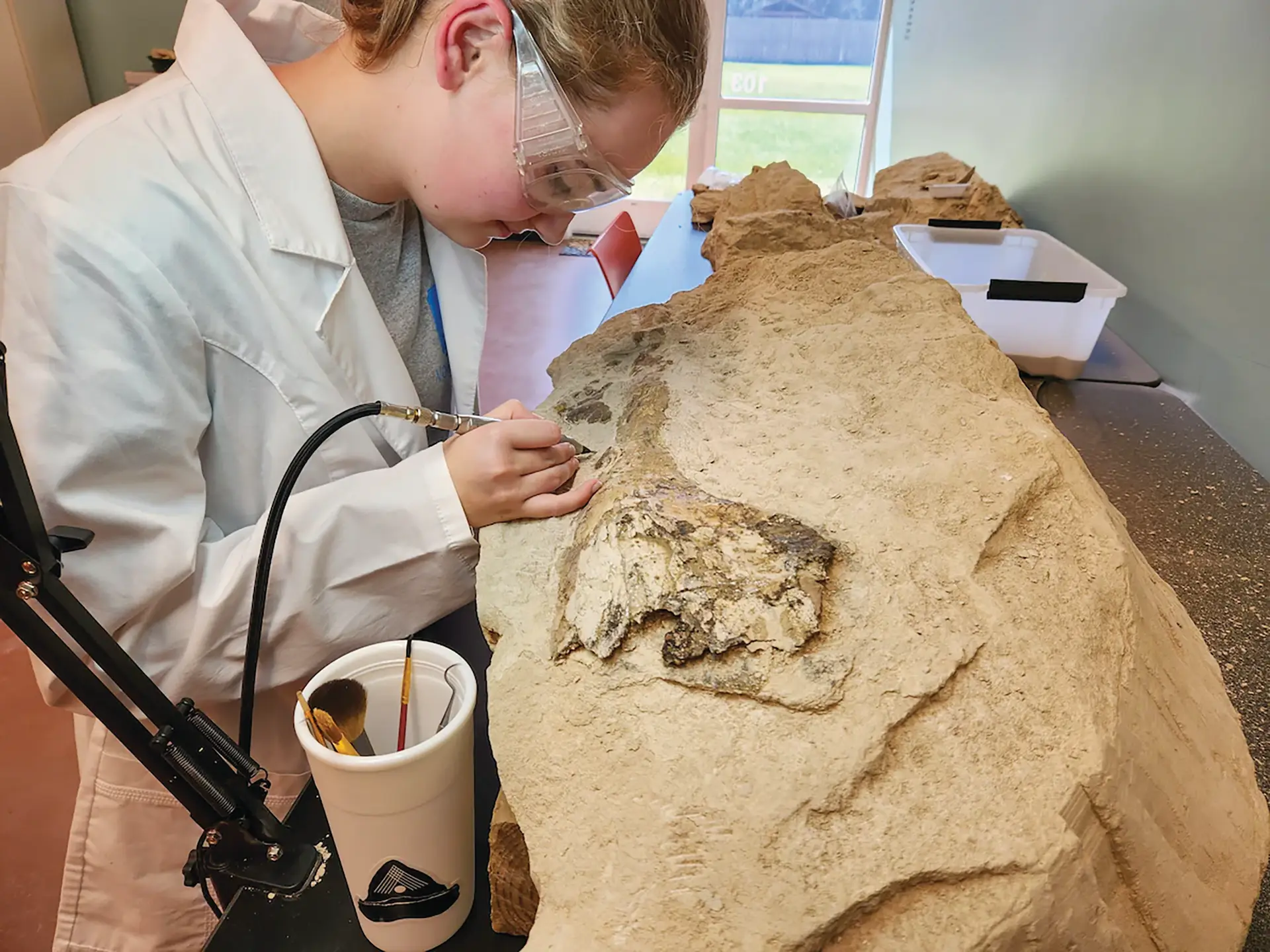Alabama abounds with bird hunting options
By John N. Felsher
Each fall, sportsmen across Alabama eagerly await cooler days when they can pursue King Bob, the most majestic of all native North American game birds. Better known as bobwhite quail, King Bob once ranked among the most popular game species in North America, particularly in the South. However, the regal fowl suffered many setbacks from predators and disappearing or changing habitat.
“The bobwhite quail population is poor and declining across most of Alabama, except on some private plantations with intensive habitat management,” says Steve Mitchell, an Alabama Department of Conservation and Natural Resources biologist in Goodwater. “Habitat loss has been the main factor in the bobwhite population decline across Alabama.”
Bobwhites inhabit anything from tall grass prairies and brushy rangeland to pine savannahs. They prefer grasslands and “successional” plant species, those that emerge after something disturbs the soil to create an opening. They don’t do well in thick forests with little undergrowth, but thrive in some crop fields, as long as they can find edge cover from weeds, grasses, brambles or woody thickets.
Fortunately, the state manages some public lands specifically for quail. Some better wildlife management areas for bobwhites include Barbour, Blue Springs, Freedom Hills, Lauderdale, Mulberry Fork, Mallard Fox Creek, Swan Creek WMAs and Geneva State Forest.
“Positive work is being done on many WMAs,” Mitchell says. “Longleaf pine restoration on Barbour WMA has whistling counts trending upward. Quail are also showing a positive response to shortleaf pine restoration on Freedom Hills WMA and Lauderdale WMA. We are also modifying agriculture contracts on many areas that will have a positive impact for quail habitat by leaving fallow field borders.”
In addition, many private property owners also intensively manage their lands to enhance quail habitat. Commercial shooting preserves supplement the wild population by releasing pen-raised birds on their land. The Alabama wild quail season began Nov. 7 and continues through Feb. 29, 2016, but the season for pen-raised birds on commercial preserves runs from Oct. 1 through March 31 annually.
Besides bobwhite quail, Alabama sportsmen can hunt several other game birds, not to mention turkeys and waterfowl. While quail populations have declined, doves number nearly 500 million birds across North America. These extremely swift and agile fliers can exceed 55 miles per hour. With twisting, erratic flight patterns, doves frequently embarrass even the best shooters.
“Agriculture and forestry practices greatly enhance the habitat and benefit Alabama mourning dove populations,” says Jeff Makemson, an ADCNR biologist. “Mourning doves are the most numerous game birds in Alabama. The population is good and stable throughout the state with the highest populations in southern Alabama. Localized dove populations vary depending on the preferred food source in the area.”
Doves prefer open fields or grasslands punctuated by occasional trees, brush or fencerows where they find abundant seeds. They tend to avoid swamps and thick forests, but do feed along timbered edges.
For many sportsmen, a new hunting season kicks off when dove seasons open every September. Dove season in the North Zone ran from Sept. 12 to Nov. 15 and returns from Dec. 5-29. In the South Zone, the late season runs from Nov. 12 to Jan. 15. Some of the best hunting occurs later in the year. While many birds live their entire lives in Alabama, others migrate to the Cotton State as cold weather hits.
Sportsmen can also hunt two other largely ignored game birds – snipe and woodcock. Both look similar with small bodies and long bills that they use to probe soft mud for invertebrates. Both fly swiftly and erratically, making them extremely difficult to hit. In fact, the military term “sniper” for an expert marksman originally described someone skilled enough to hit a snipe in flight.
During the winter, many snipe and woodcock migrate to the Gulf Coast. Snipe season runs from Nov. 14 to Feb. 28. Woodcock season lasts from Dec. 18 until Jan. 31. For more information, see Outdooralabama.com.
 John N. Felsher is a freelance writer and photographer who lives in Semmes, Ala. He co-hosts a weekly outdoors show that is syndicated to stations in Alabama. For more on the show, see www.gdomag.com. Contact him through his website at www.JohnNFelsher.com
John N. Felsher is a freelance writer and photographer who lives in Semmes, Ala. He co-hosts a weekly outdoors show that is syndicated to stations in Alabama. For more on the show, see www.gdomag.com. Contact him through his website at www.JohnNFelsher.com






